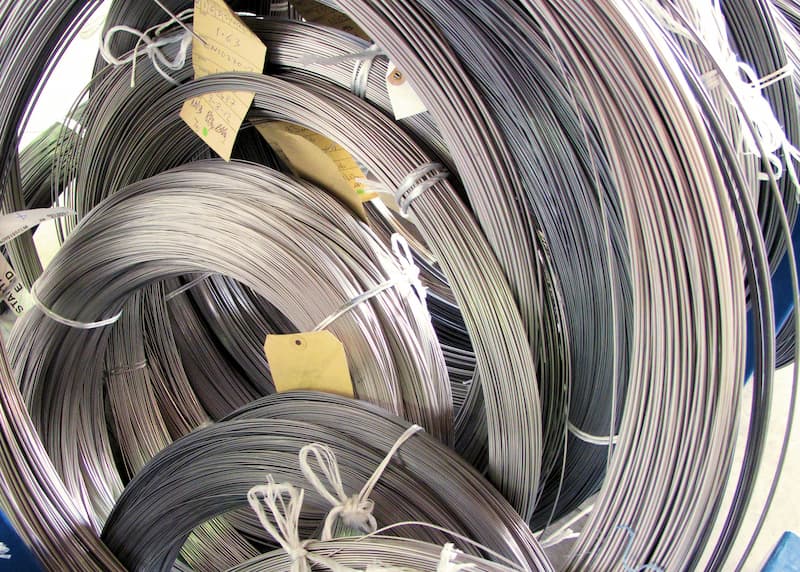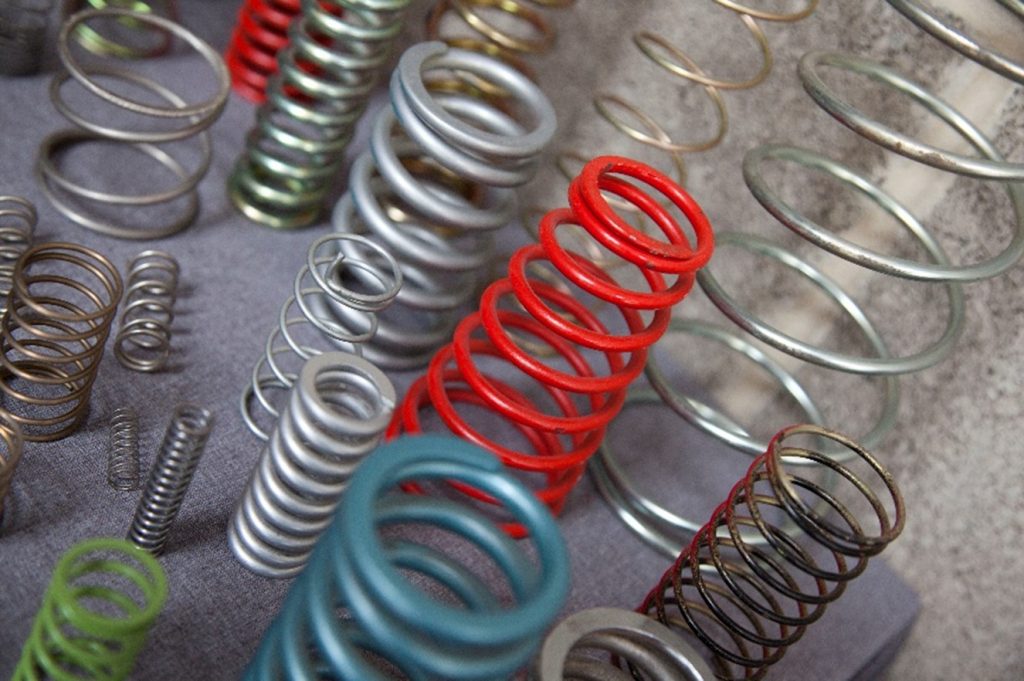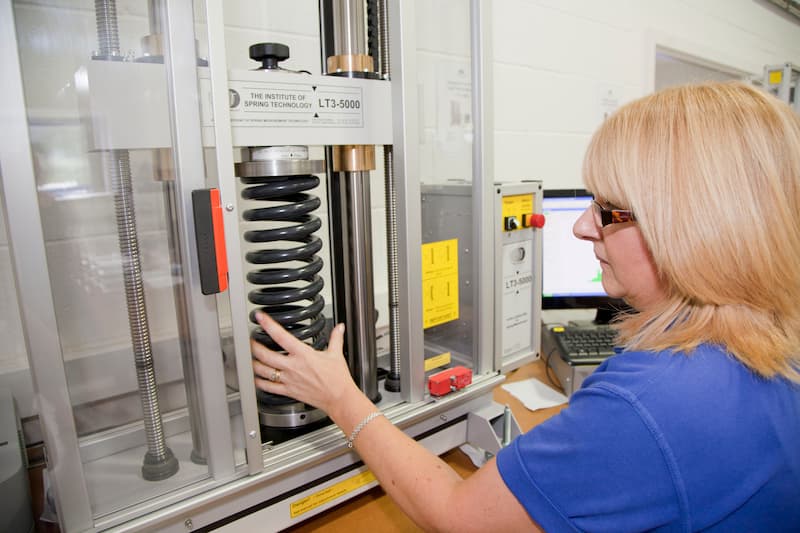Understanding complex springs and their role within many applications begins with defining exactly what they are. Complex springs are unique in shape or composition and often combine multiple springs into one structure.
These springs are designed to withstand greater loads and more complex applications than simple springs, such as compression or tension springs. As a result, you’ll find these springs in highly intricate applications that demand specific and reliable results. Read on to learn more about complex spring design and manufacturing.

Complex Springs Are Versatile
One of the main advantages of complex springs is their versatility. They can be designed to fit various applications, sizes, and shapes to suit varying load requirements and working environments. They also often offer increased reliability due to their structure and composition, which makes them ideal for use in demanding environments.
Applications of complex springs are as varied as their designs. From automobile engines to medical devices, complex springs are essential in ensuring countless machines and tools’ safe and efficient performance. Other applications include HVAC systems, aerospace components, and robotics.
Types of Complex Springs
Complex springs are either complex in shape or in composition. When it comes to shape, complex springs can be anything from unique pressings and wire forms or a combination of multiple springs in one structure.

For example, a structurally complex spring is the garter spring, a tension spring with its ends connected to form a circle, which provides a large amount of radial force. When it comes to exploring different shapes of complex springs, there are several spring types our engineers typically call upon; these are listed below.
Complex Wave Springs
Wave springs are flat wire compression springs typically thinner than traditional round wire springs. These springs can take up less space while providing a high load when needed. They also fit the need for applications where axial length is limited or is required to minimise stack height, such as valves or shock absorbers.
Complex Prison Spring
Another example is the prison spring, which consists of two “U-shaped” wire forms and a compression spring. This spring is used throughout various HM Prisons in the UK and is tailored to hold safety netting between landings in prisons.
Complex Torsion Springs
Torsion springs are also considered complex and are designed to work with applied torque. These springs are used for applications requiring a rotation force or torque. Torsion springs are often used in automotive doors, tool handles, and garage doors because they allow the energy stored to be the greatest in a limited space.
Complex Spring Materials
When it comes to complex spring manufacturing, material composition plays a critical role in performance and durability. Different materials like stainless steel, alloy steel, and titanium offer unique benefits, depending on the application.

- Stainless steel is a popular choice for complex spring manufacturing because it offers excellent resistance to corrosion and is highly durable. Stainless steel springs are typically used in harsh environments with critical corrosion resistance, such as marine or oil and gas applications.
- Alloy steels, including materials like Inconel and Monel, are also commonly used in complex spring manufacturing. These materials are known for their significant strength and durability, especially in high-temperature environments.
- Titanium is another option, with the lightweight and strength-to-weight ratio appealing to equipment manufacturers when weight needs to be kept minimal. It is also known for its superb corrosion resistance.
Material selection impacts complex springs’ performance and longevity, making choosing the best material essential for creating reliable and long-lasting components.
Complex Spring Design Considerations
When designing complex springs, we consider various factors, such as the previously discussed materials, to ensure optimal performance and longevity. We achieve this by understanding the specifics of an application’s requirements and working environment and confirming the success of our designs with our efficient spring prototyping service. Below are some of the main considerations.

Load Requirement
Load requirements are perhaps the most critical element when designing complex springs. Every application is unique, with different load requirements that must be met for the spring to function effectively. Careful attention must be given to the spring’s design to ensure it can handle the necessary force without causing undue stress or damage.
Application’s Working Environment
The working environment is another crucial consideration to keep in mind when designing complex springs. Environments subjected to extreme temperatures or harsh chemicals require specific materials to function effectively and withstand corrosion. Understanding the working environment in which springs will be used informs the choice of material, finishing, and other design constraints.
Component Space Constraints
Space constraints are another critical factor in designing complex springs. Ensuring the spring fits within the desired space while enabling optimal performance is important. Innovative design and engineering principles can be utilised to overcome any space constraints necessary.

UK-Based Complex Spring and Wire Form Manufacturer
We have extensive experience designing and engineering complex springs for various applications. Our team of expert custom spring designers will help you navigate these critical design considerations to ensure that your spring functions effectively and reliably for years to come.
By utilising the unique specifications of each design, our team optimises their products for your specific applications and pushes the boundaries of performance and engineering innovation. Contact us today to discover how our engineers will help you fulfil your next project’s needs.

